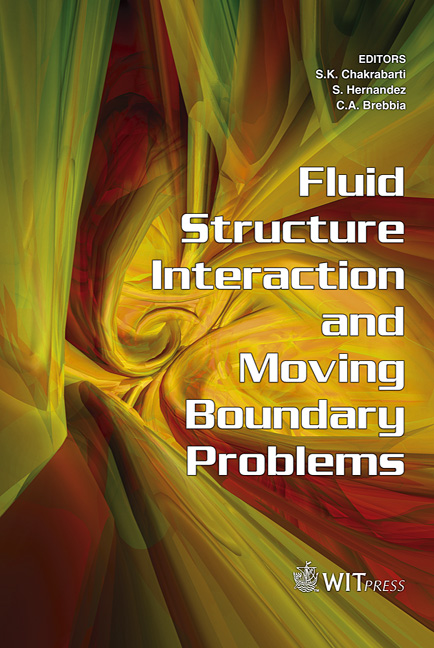Control Of Wind-induced Nonlinear Oscillations In Suspension Bridges
Price
Free (open access)
Transaction
Volume
84
Pages
9
Published
2005
Size
488 kb
Paper DOI
10.2495/FSI050431
Copyright
WIT Press
Author(s)
M. Abdel-Rohman
Abstract
In this paper, the along-wind response and across-wind response of the suspended cables and the bridge deck of a suspension bridge are studied. The mean wind direction is assumed to be perpendicular to the plane of the suspended cable. It is shown that the suspended cable, if constructed alone, gallops in the across-wind direction when the mean wind speed exceeds a critical wind speed. Similarly, the bridge deck if constructed alone will gallop when the wind speed exceeds a certain critical wind speed. The construction of a suspension bridge through coupling the bridge deck with the suspended cables via vertical hangers will increase the critical wind speed at which galloping occurs for the bridge. This paper discusses the means of further increasing the critical wind speed for a suspension bridge using a passive or active control mechanism. Keywords: control mechanisms, nonlinear vibrations, structural control, suspended cables, suspension bridges, wind induced vibrations. 1 Introduction Long steel suspended cables such as those used in suspension bridges and electric transmission lines are prone to vibration induced by wind loads. When the suspended cable and bridge deck are subjected to wind, and because of the coupling between the bridge deck and the suspended cable, the system behaves nonlinearly. Significant vibrations may result due to moderate wind speed combined with the presence of rain or ice on the suspended cables. The rain or ice accumulated frequently on the cable results in D- and U-shaped crosssections, which are irregular and prone to galloping at low wind speeds. The galloping phenomenon can be quite destructive to structures due to the large
Keywords
control mechanisms, nonlinear vibrations, structural control, suspended cables, suspension bridges, wind induced vibrations.





